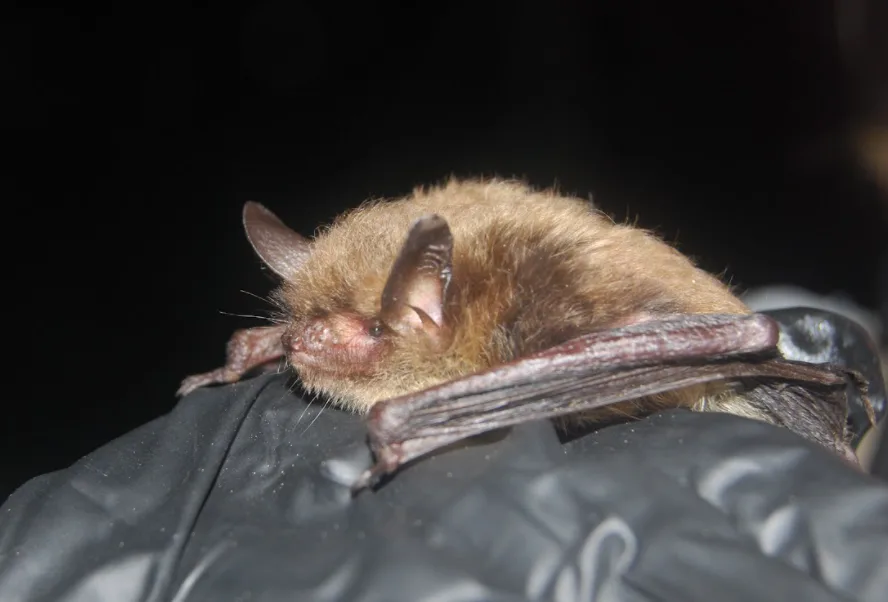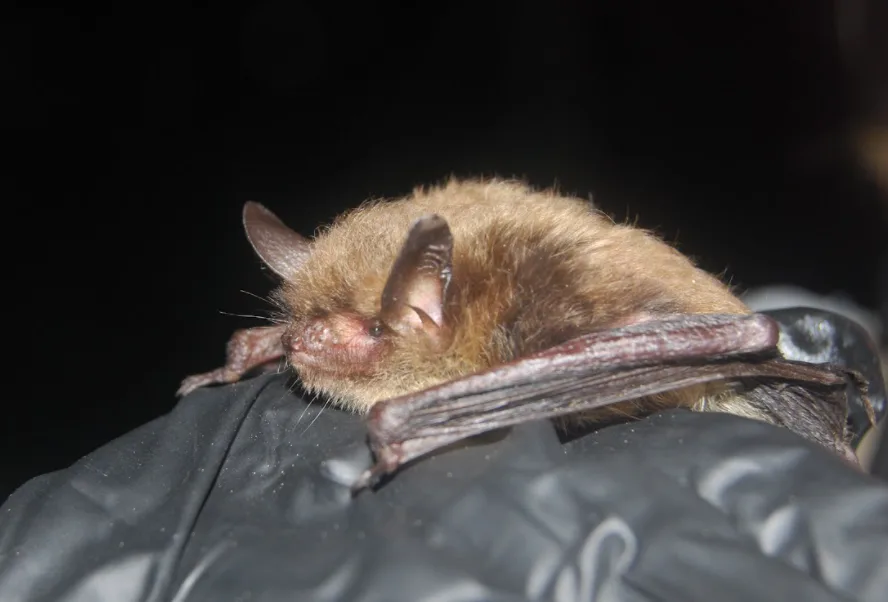
Learn about Canada's bats, and how you can support them
There's a lot to learn (and love) about Canada's bats.
Of the world's 1,400 bat species, 19 have been documented in Canada and three of them - the little brown bat, the northern long-eared bat, and the tri-colored bat - are endangered.
Over the past fifteen years, bat populations nationwide have been in decline due to white-nose syndrome, a devastating sickness that affects hibernating bats.
"When I reflect on Atlantic, Canada, in particular, of the seven bat species that are here, three of those are affected by white-nose syndrome, because they hibernate underground," says Jared Tomie, an ecologist at Cape Breton Highlands National Park.
"In these sort of dark, damp, humid environments, that's where the fungus that causes white-nose syndrome thrives."
Tomie spoke to The Weather Network earlier this week in support of Bat Week, an annual initiative highlighting the importance of bats.
WHITE-NOSE SYNDROME CAN HARM BATS IN MULTIPLE WAYS
There are a few ways white-nose syndrome can impact bats, Tomie explains. The disease can make hibernating bats wake up more frequently, sending them out into the wild for food and putting them at risk of starvation or dehydration.
Those that survive the winter with the syndrome may suffer tissue damage because of it.
If bats contract the disease while hibernating and their immune system is suppressed they could experience an intense and potentially harmful immune response upon awakening in spring, when their defences come back at full force.
"There's kind of many layers to how it works, but it's quite devastating, overall," he says.
Researchers are working on treatments for white-nose syndrome, but nothing is being tested on a widescale basis just yet.

A northern long-eared myotis (Jordi Segers/Canadian Wildlife Health Cooperative)
BATS HELP FARMERS
Bats are beneficial to the ecosystem, eating up insects that can damage crops. In the U.S., the number of insects bats consume equates to roughly $3.7 billion worth of pest control each year, the National Park Service estimates. With fewer insects around to dine on crops, farmers can use fewer pesticides.
SUPPORTING BATS
One way to support bats is by setting up a bat box, which creates a safe roosting habitat away from buildings and attics.
If you're in Atlantic Canada, [ecologists are collecting reports on bat sightings](http://www.cwhc-rcsf.ca/bat_health_regional_outlook.php#:~:text=For%20any%20bat%2Drelated%20questions,434%2DBATS%20(2287), which can be called in using the number 1-833-434-BATS (2287). Be sure to make note of the date, time, and location of the sighting as well as any identifying characteristics of the bat.










